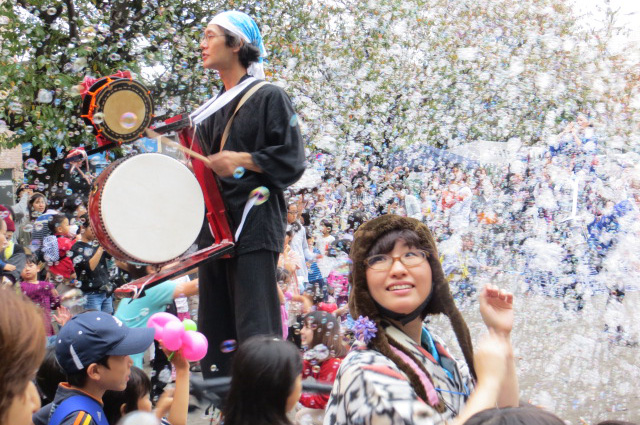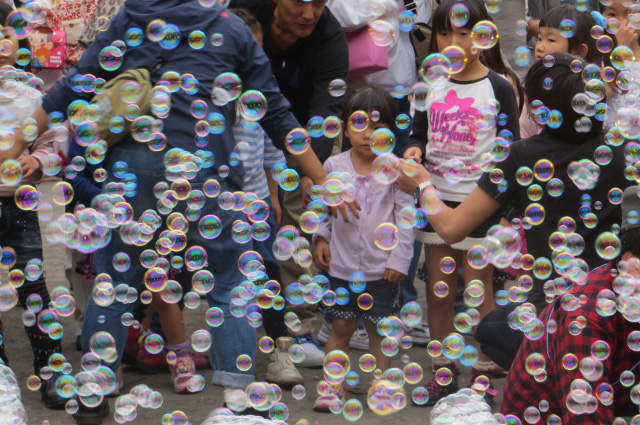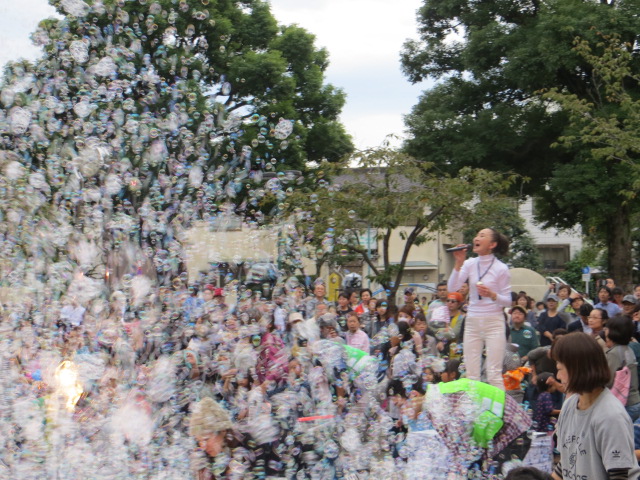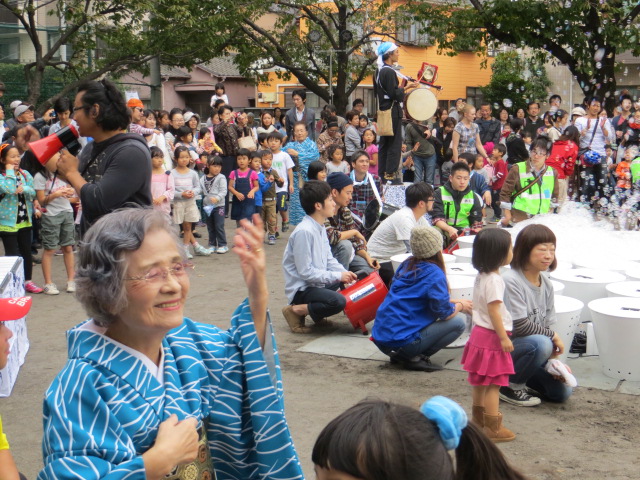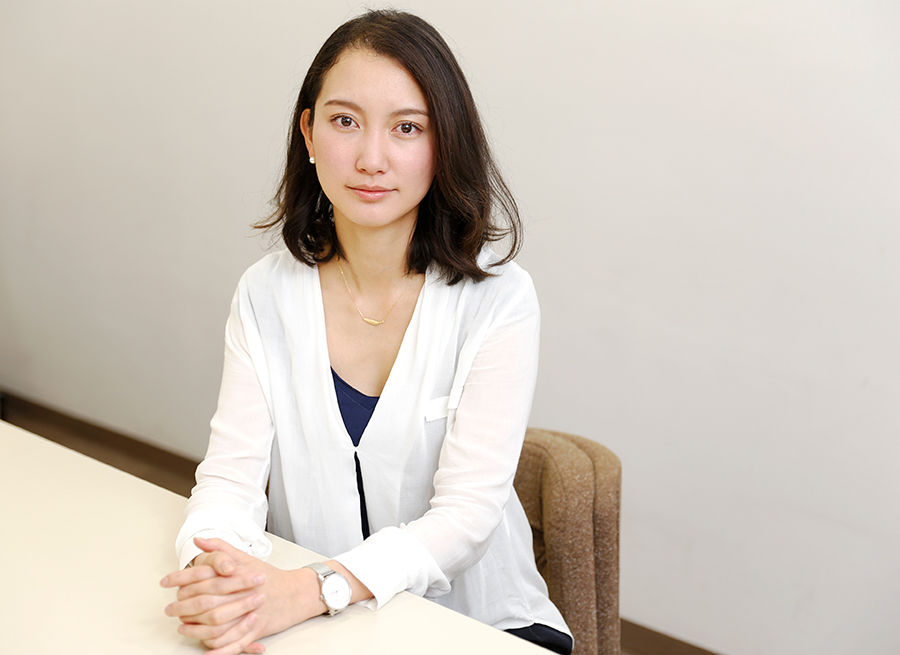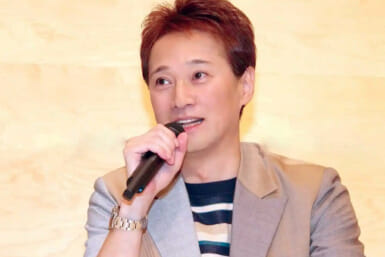In Japan, the word kōen (park) has many connotations. There’s Yoyogi kōen, Tokyo’s answer to Central Park, where people booze, play frisbee and try their best to to avoid dengue. There’s Shinjuku Gyoen, with its traditional tea houses and manicured lawns, where you are more likely to see people painting the lake during hanami than jumping into it. Then there are the unnoticed parks.
Text and pictures by Justin Egli
The urban playgrounds, nothing more than gravel areas made up of swings and slides and peeling paint. These are the parks where toddlers play on climbing frames and old people drink One Cup sake, surrounded on all sides by sprawling concrete high-rises. You know the type of park I’m talking about. Chances are, there’s one at the bottom of your street.
There are too many of these “parks” to even count in Tokyo. I use inverted commas as you can forget the notion of grass and trees and nature. Yet despite their somewhat drab and dreary appearance, these slices of concrete are where communities come together. There’s something magical about these timeless spaces, where kids learn to take their first steps and memories are born. It’s probably no surprise that novelist Haruki Murakami chose to focus on one such unremarkable park for crucial scenes in his book 1Q84.
One person who fully embraces the notion of nostalgia that these humble spaces can evoke is contemporary artist Shinji Ohmaki. Last month he invaded Senju Asahi Park (also known as Taroyama Park) in Kita Senju, releasing massive amounts of sparkling soap bubbles and transforming the grey urban space into a dreamland. Part of the Art Access Adachi project, Ohmaki’s piece aimed to radically alter the local scenery—bringing old memories to life and forging new ones. The result was an ordinary space turned extraordinary, with music, dancing, and thousands upon thousands of bubbles.
Through his installation, Shinji Ohmaki managed to tap directly into the strong sense of community spirit that exists in Japan. It was an afternoon of of togetherness, with friendly obachans selling homemade yakisoba and bottles of tea. People were smiling and laughing and having fun. That may sound like a very simple statement, but that means a lot in a modern world that can sometimes feel overwhelming. Demonstrating the use of minimal material for maximum perceptual effect, Ohmaki’s Memorial Rebirth series produces a thick atmosphere of bubbles that suddenly appears in an urban area and disappears rapidly. It’s a spectacle designed to provide viewers with a sense of being drawn into an energized space—as if the energy were there all along, conserved in memories that are still floating around the playground.
While Shinji Ohmaki’s idea is a beautiful one, the real beauty comes from that fact that these quaint examples of togetherness can be seen right across Japan all the time. The countless matsuris and community events that take place throughout the year are a warm reminder that this collective spirit is at the very heart of the Japanese way of life. And you never know when you might find one. Take a few wrong turns on purpose in your own local neighborhood: you might not find yourself looking up at two moons, but you might find something almost as interesting.

